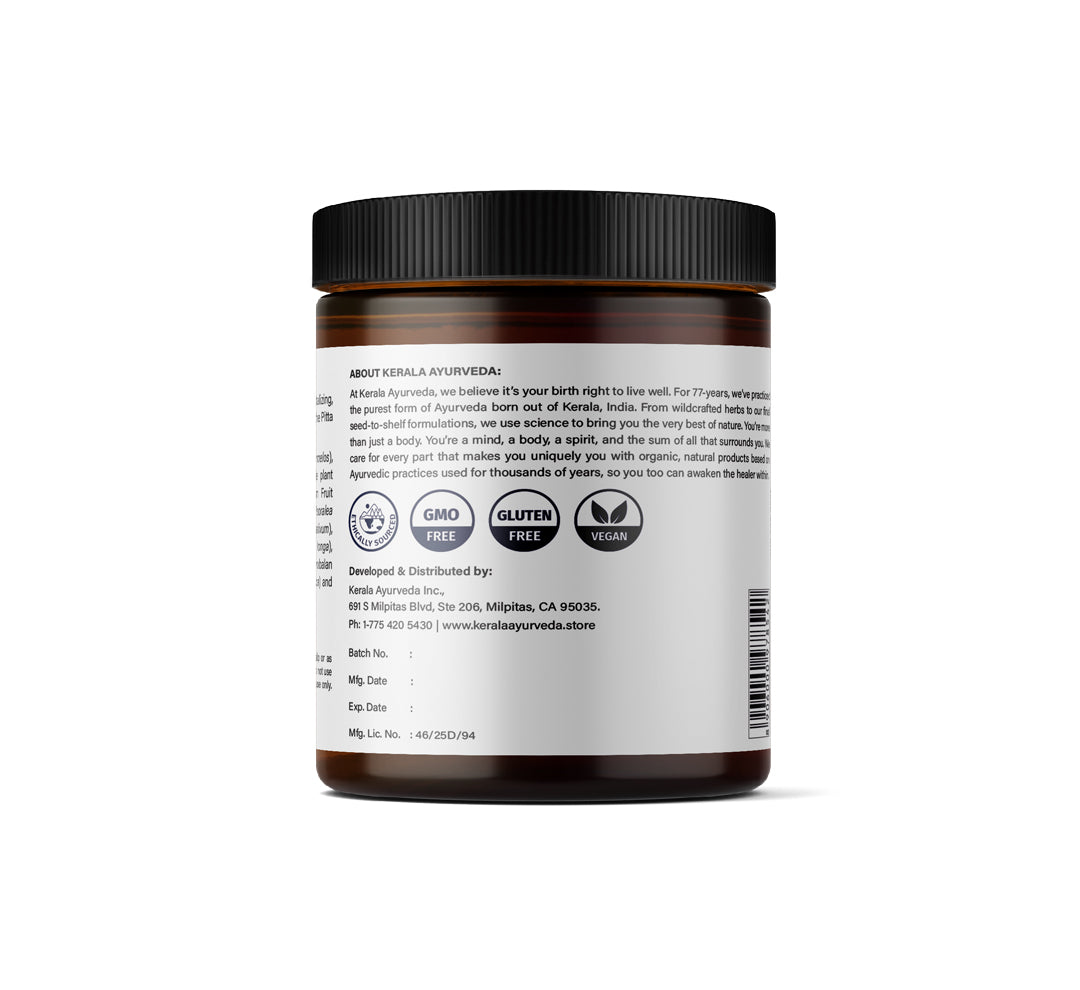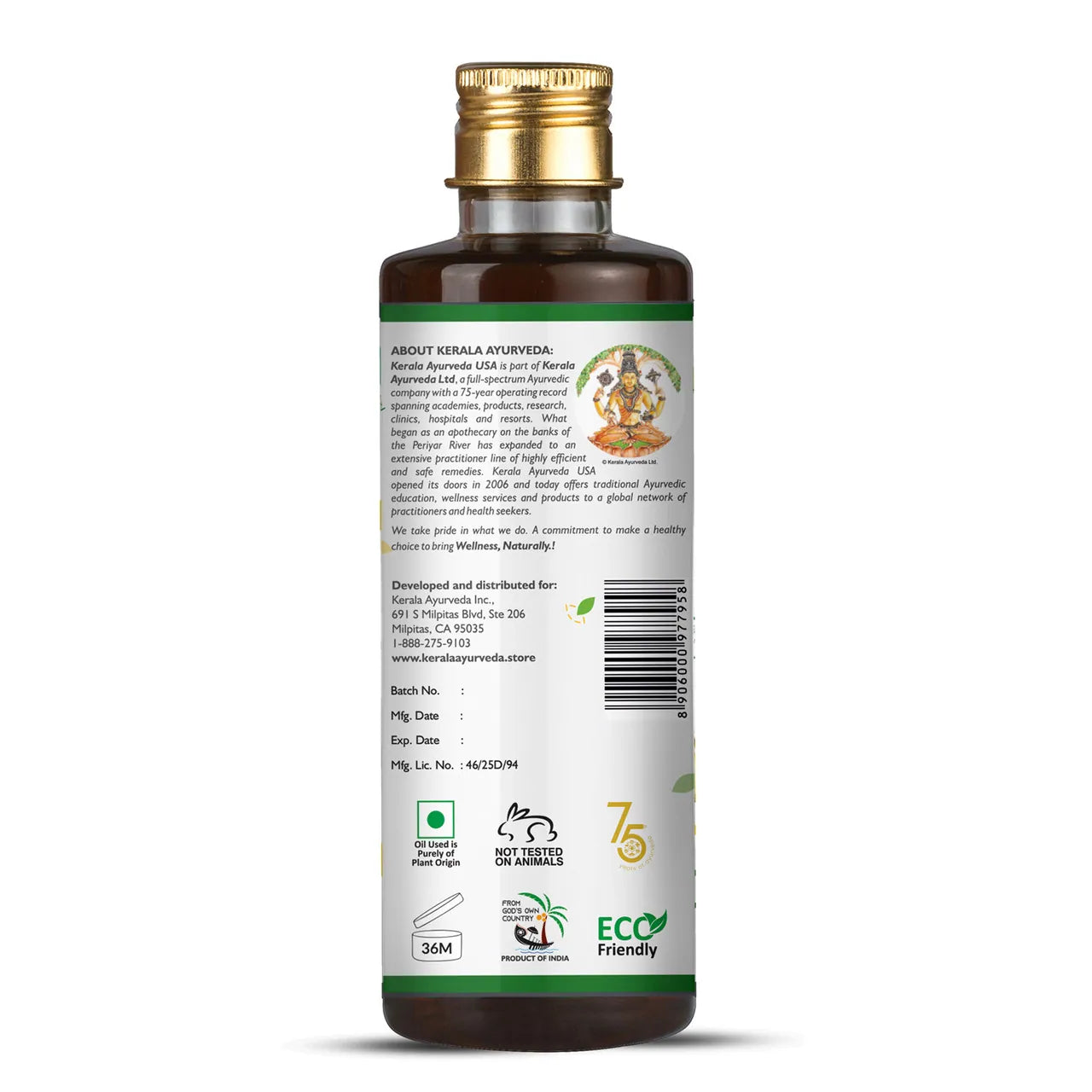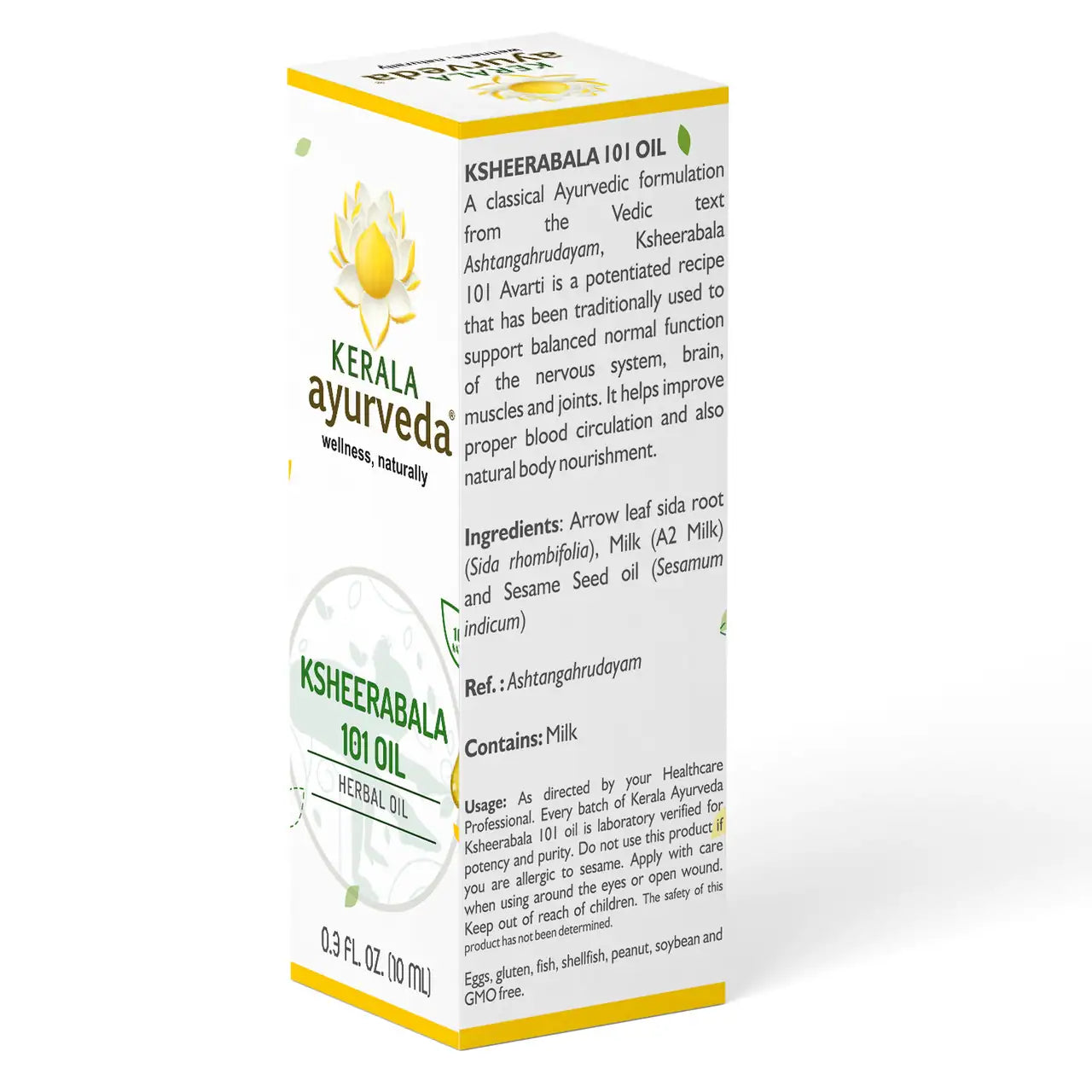Highlights
With every passing day, we inch closer to the first day of spring. Slow and subtle changes make the earth damp and heavy from the melting snow and ice. The days become longer, and signs of new life begin to emerge. This is Kapha season according to Ayurveda.
As you notice signs of spring’s arrival, you may not realize you’re observing the seasonal elements associated with Kapha Dosha. Indigenous people have held rituals and festivals to honor these environmental shifts and remind us of our connection to the natural world.
In the Kerala Ayurveda tradition, daily routines, diet, exercise, and lifestyle practices were all adapted to stay in step with the season. In this blog, we’ve simplified ways to shift into a healthy spring transition so you can awaken your mind and body with Ayurveda as the seasons change. Read on to discover four ways you can take an Ayurvedic approach to the Kapha-dominant spring season.
STEP 1: Shift to an Elemental Perspective
The science of Ayurveda is based on the elements of nature and helps us tune into the different ways the seasons affect the mind and body. The key here is Ayurveda doesn’t distinguish between the four calendar seasons we know in the Northern Hemisphere, and instead focuses on the three Doshas predominant in nature: Vata, Pitta, and Kapha. Just as each person has a dominant Dosha (or two), the seasons do as well.
Vata season reigns from late fall into early winter, Kapha season from the coldest days of winter into spring, and Pitta season from late spring into early fall.
You can think of these seasons as flowing into one another, each with its own distinct qualities, subtly shifting in the world around us, but also within. This awareness will help you honor your body during seasonal transitions and live in harmony with the seasons.
For instance, late winter and spring are both considered Kapha seasons. When warmer temperatures begin to melt the accumulated snow and ice, Kapha in the body also begins to liquefy, often causing colds and a runny nose. Spring invites us to lighten up and eliminate accumulated Kapha from the body with an Ayurvedic cleanse, known as Panchakarma, which can help minimize springtime ailments and energize the mind and body.
Staying in sync with your environment is an essential part of Ayurvedic wellness. Keeping in touch with the cycles of nature and the Doshic qualities of each season will help you feel your best all year long.

STEP 2: Sleep Routines for Mind-Body Balance During Spring Kapha Season
During the cold days of winter, we build up a physical and mental winter coat that keeps us warm, safe, and moving slowly and steadily to preserve energy. Shedding this coat in the spring means lightening up — literally and figuratively.
The arrival of spring means longer days and more sunlight. It’s the perfect time of year to get outdoors and embrace the energy of the season. It’s easy to reinvigorate the mind and body with plenty of fresh air, morning walks, and time spent in nature observing Mother Earth. Ayurvedic philosophy encourages rising with or before the sun and going to bed by 10pm each night.
Just as the Doshas apply to the seasons, they also apply to the hours of each day and night. Following the Ayurvedic clock, you’ll rise just before the Kapha time of day which starts at 6am and begin to rest before Pitta time takes over at 10pm. This rhythm is vital to maintaining energy throughout the day and fostering a slow, relaxed state of mind in the evening.
If you live in a location impacted by Daylight Savings, you can find more tips here for adapting through the time change.
During the Kapha season, you’re not the only one coming out of hibernation and enjoying the light — plants and animals are too! Because of everything ‘waking up’ together, seasonal allergies can peak during this time. The simple practice of administering a few drops of Nasya Oil into the nostrils can help support healthy nasal passages.
STEP 3: Adopt a Spring Diet
Each Dosha is more likely to be imbalanced during its respective season, so Kapha Dosha is most likely to become imbalanced during the spring or Kapha season. The cold, wet, and heavy qualities surrounding you will increase them within you. This might actually feel beneficial for those with more Vata or Pitta but can be imbalancing for anyone, especially if you are a Kapha individual. The qualities of Kapha reflect the two elements of nature associated with this Dosha – earth and water.
Signs that Kapha may be imbalanced include:
- Lethargy
- Sluggishness
- Nausea
- Weight gain
- Swelling
- Oily skin
- Water retention
- Feelings of stuckness or sadness
Qualities that balance Kapha include:
- Dryness
- Lightness
- Warmth
- Activity
This is why a Kapha-balancing diet often includes light vegetable soups, warming spices like ginger, and lots of leafy greens. Honey taken in warm water as a soothing tea can be a great way to stimulate digestive fire (Agni) which is key to burning up any excess heaviness, wetness, and oiliness in the body during the Kapha spring season.

STEP 4: Get Active and Embrace the Spring
Springtime naturally inspires us to get more active. Daily walks outside in the brisk spring air and more rigorous workouts during the day that include squats, lunges, and other lower body exercises that will build heat in the body are fantastic for spring.
Incorporating daily movement is a great way to create Sukha, or good space, in the body. A yoga class that incorporates twists, backbends, and Sun Salutations is a great option for stretching and bringing extra heat into the body. Oil pulling and Abhyanga with Kapha-balancing oils, and dry brushing are all great self-care practices to invigorate your springtime routines.
Think of ways to create space in your life during spring. Consider spring cleaning projects in your home, or letting go of patterns, work or relationships that no longer serve you.
Another way to clear stagnant Kapha from the body is to detox or cleanse. You can create a gentle detox at home by lightening up your diet and incorporating supportive Ayurvedic products and routines. For a comprehensive and safe cleanse, guided support is essential. Our Wellness Center offers a personalized 21-day cleanse that is customized to your unique needs.
Spring will energize you, but remember: the best way to transition through any season is to incorporate simple routines, and make changes slowly. Taking small steps day-by-day will help you establish new seasonal routines you love and that help you stay balanced.








































